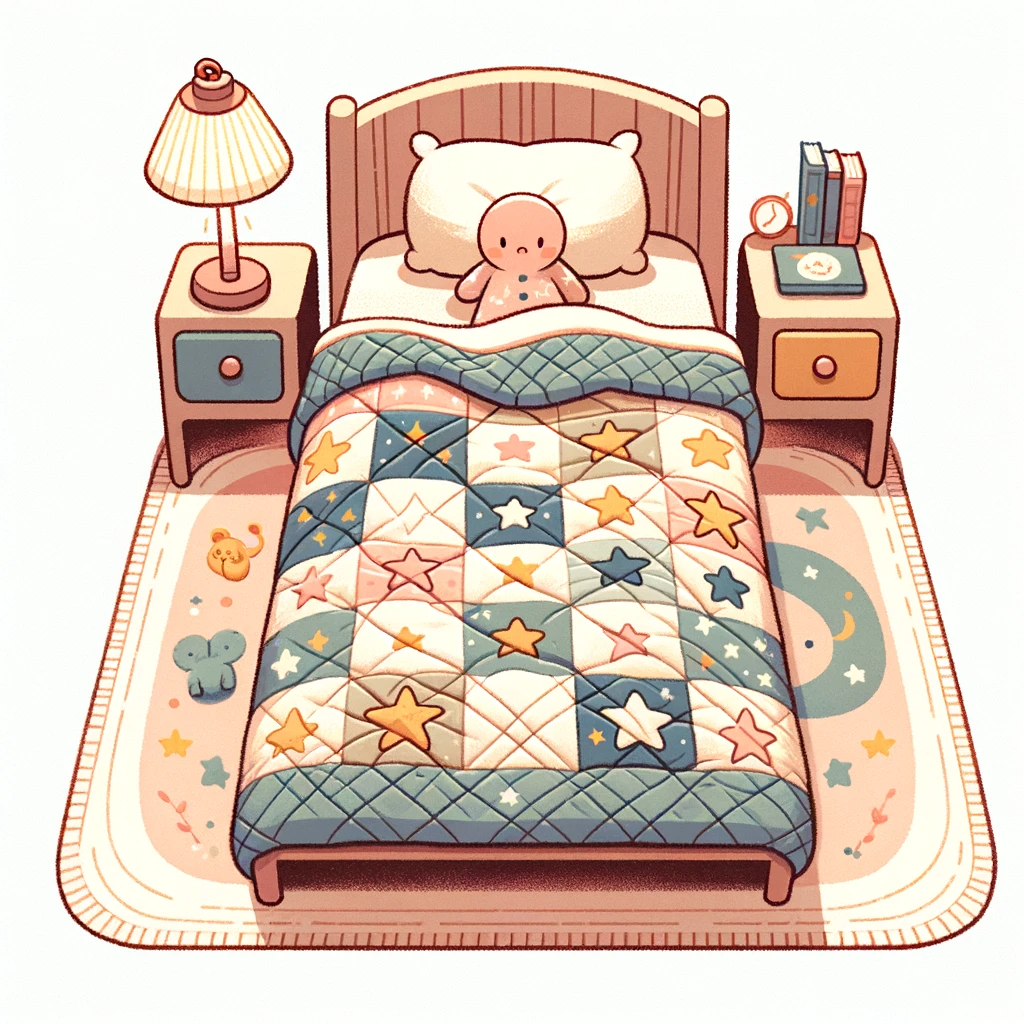Clever Ways to Use Mirrors in Your Home Decor

1. Hang a gallery of mirrors
Create a striking focal point with an eclectic mix of mirror shapes, sizes, and reflection. Reflect light and add depth to your living room walls by arranging mirrors in a gallery wall. Use mirrors on walls as functional decor to enhance the visual appeal of any room.
Arranging round mirrors, reflection, or even vintage styles on a dining room walls can infuse character into the space. The strategic placement of round mirrors and reflective surfaces can also make small rooms appear larger and more open.
In addition to aesthetic value, hanging a gallery of mirrors is also practical for reflection. It serves as an excellent way to check one’s appearance before leaving the house or entering certain areas like the dining room for entertaining guests.
Consider placing a mirror above a shelf or console table for added impact. This approach not only maximizes their decorative potential but also creates an illusion of height in the room.
2. Make it look like a window
Mimicking the illusion of a window with mirrors can significantly transform the ambiance of a room. Placing a large mirror opposite or adjacent to a real window creates an optical illusion, amplifying natural light and giving the impression of an additional window. This technique not only brightens up space but also makes it feel more open and spacious.
Strategically positioning mirrors to enhance natural light is particularly effective in rooms that lack adequate windows or have limited access to sunlight. By reflecting and dispersing daylight, mirrors contribute to creating an airy atmosphere, making any living room feel less confined.
For an added touch of creativity, opting for decorative window-style mirrors can further elevate the visual impact. These specially designed mirrors bring elements from the outside world indoors, providing a sense of connection with nature while visually expanding the perceived boundaries of space.
Incorporating this approach into interior design not only serves aesthetic purposes but also offers practical benefits by reducing reliance on artificial lighting during daylight hours.
3. Use a mirror to make your space appear larger
Maximize the perception of space in small rooms by strategically positioning mirrors to reflect light and create the illusion of depth. By placing mirrors opposite windows or light sources, you can effectively bounce natural or artificial light around the room, making it feel more open and airy.
Choosing oversized floor mirrors or leaner mirrors can amplify the sense of spaciousness in compact areas. These larger mirrors not only serve practical purposes but also act as decorative elements that visually expand living spaces.
Utilize mirrors to double the square footage of your room visually. When positioned cleverly, mirrors give an impression of increased height and depth, creating a more expansive environment without physically altering the space.
For instance, in a narrow hallway or a small studio apartment, mounting a tall mirror on one wall can elongate the area and add visual interest while reflecting back any available natural light.
4. Incorporate them into a mural
Integrating mirrors into an artistic mural or wall installation can create a captivating design statement, adding depth and visual interest to any space. By combining mirrors with other decorative elements such as paintings, photographs, or sculptural pieces, you can craft a one-of-a-kind feature wall that reflects your personal style and creativity.
Using mirrors as part of a larger artistic composition or mural offers an innovative way to infuse personality and uniqueness into your living environment by design. The reflective surfaces of the mirrors and the design contribute to the interplay of light and shadow within the artwork, enhancing its overall impact.
For instance, in contemporary interior design, incorporating mirrors into murals has become increasingly popular due to their ability to amplify natural light and visually expand smaller spaces. This technique is especially effective when used in areas where natural light is limited.
5. Curate a quirky collection
Showcase an assortment of vintage, ornate, or uniquely shaped mirrors for an eye-catching and whimsical design display. By mixing and matching various styles, sizes, and frames, you can create a visually captivating focal point in any room. For instance, combining sleek modern designs with intricate antique pieces and a mirror can add depth and intrigue to the overall aesthetic.
Express your individuality by assembling an eclectic collection of mirrors that serve as conversation pieces with unique design. Each mirror design tells a story and reflects your personal taste and style. This design approach allows you to infuse your living space with personality while sparking curiosity among guests.
Add character and charm to your home by curating an unconventional mix of mirrors with diverse styles, frames, and design. Consider incorporating designer or artisanal mirrors alongside thrifted finds or DIY creations for a truly unique ensemble that elevates the ambiance of your space.
6. Replace the TV to shift the focal point
Elevate your living space design by replacing a TV with an elegant, decorative mirror as the focal point. Redirect attention from electronic screens to a stunning mirror that enhances the room’s ambiance. By making a decorative mirror the new centerpiece, you can transform your entertainment area into a sophisticated retreat.
Placing a decorative mirror in lieu of a TV not only adds aesthetic value but also creates an illusion of spaciousness and depth in smaller rooms. The reflection from the mirror can help distribute light throughout the room, making it appear brighter and more inviting.
In addition to enhancing visual appeal, mirrors strategically placed as focal points can also serve functional purposes such as creating optical illusions that make spaces seem larger than they are. This technique is especially beneficial for homes with limited square footage and can make use of a mirror.
Moreover, this creative use of mirrors allows for versatility in interior design; various shapes and sizes of mirrors can be used interchangeably based on personal preference or evolving decor styles.
7. Surround a mirror with plants
Embrace biophilic design by adorning the area around a mirror with lush greenery for a harmonious and serene setting. Integrating nature into your interior decor by framing mirrors with potted plants or hanging greenery can create an organic, tranquil atmosphere.
Incorporating live plants around mirrors not only adds texture and visual interest but also enhances the reflection of natural light, making the space feel brighter and more inviting. The combination of the reflective surface of the mirror and the vibrant greenery creates an illusion of depth, giving your home an open and airy ambiance.
Plants have been shown to reduce stress levels and improve overall well-being, making them perfect elements to pair with mirrors in living spaces or bedrooms. Moreover, this approach can cleverly draw attention away from less desirable areas while accentuating focal points within a room with a mirror.
8. Create a bright backsplash
Mirrored tiles can be strategically used as a reflective backsplash to amplify luminosity in kitchens or bathrooms. The mirrored surface bounces light throughout the space, creating an illusion of increased brightness and spaciousness. This technique not only enhances functionality but also contributes to an airy, contemporary aesthetic.
By opting for mirrored backsplashes, homeowners can infuse modern elegance while simultaneously brightening up culinary or bathing areas. Interior designers often recommend this approach for its ability to add visual interest and depth to the room while serving a practical purpose. Mirrored backsplashes are versatile and complement various design styles, making them suitable for both traditional and modern homes.
When considering using mirrors as a backsplash, it’s essential to carefully plan the placement to maximize their light-reflecting properties effectively. Maintaining cleanliness is crucial to ensure that the mirrored surface remains free from smudges or stains that could diminish its reflective capabilities.
9. Opt for a one-of-a-kind headboard
Customize your bedroom with an unconventional headboard made from an oversized, ornate mirror for dramatic impact. This unique design choice instantly elevates the aesthetic appeal of your sleeping quarters, creating a focal point that exudes elegance and luxury.
Infuse glamour and sophistication into your personal space by choosing a statement-making mirror as a headboard alternative. The reflective surface, mirror, not only adds visual interest but also enhances the perception of space in smaller bedrooms, making it appear more expansive.
Personalize your bedroom sanctuary with a distinctive mirrored headboard that exudes luxury and individuality. From vintage-inspired designs to modern and sleek options, there are countless styles to choose from, allowing you to tailor the look to suit your personal taste and interior decor preferences.
10. Layer up
Experimenting with layering multiple mirrors in different shapes, sizes, and orientations can create visual intrigue on walls. By strategically placing mirrors of varying dimensions alongside artwork or other decorative elements, you can add dimension and depth to any room. This technique elevates the aesthetic allure of interiors, enhancing the overall visual impact with mirrors.
Layering mirrors is a versatile way to play with light and space within a room. It allows for the creation of unique focal points that draw attention while also making spaces appear larger and more open with a mirror. Moreover, this approach offers a dynamic way to reflect natural light throughout a space, creating an inviting ambiance with a mirror.
In terms of functionality, layered mirrors provide an opportunity to infuse personal style into interior design while also serving practical purposes such as checking one’s appearance before heading out. Layering mirrors can be cost-effective compared to investing in large statement pieces since smaller mirrors are often more budget-friendly.
When considering this approach, it’s important to strike a balance between cohesion and diversity in mirror styles – mixing vintage frames with modern designs or experimenting with various geometric shapes can yield captivating results.
Ultimately, by incorporating layers of mirrors into interior décor schemes – whether for residential or commercial settings – individuals have the chance to transform their living spaces into visually stimulating environments that feel both spacious and stylish.
Frequently Asked Questions
How can I use mirrors to make my space appear larger?
Mirrors create an illusion of depth, making a room feel more spacious. Positioning a large mirror opposite a window reflects natural light and the outdoor view, giving the impression of additional square footage.
What are some creative ways to incorporate mirrors into a mural?
Integrating mirrors into a mural adds dimension and visual interest. Consider using small mirrors as accents within the mural or creating patterns with mirrored tiles for an artistic and reflective display.
Can you provide tips for creating a bright backsplash using mirrors?
A mirrored backsplash can amplify light in your kitchen or bathroom while adding modern flair. Use adhesive-backed mirror tiles for easy installation, ensuring that they’re properly sealed against moisture and grime.
How can I curate a quirky collection of mirrors?
Mixing various shapes, sizes, and styles of mirrors creates an eclectic and visually captivating collection. Think outside the box by including vintage hand-held mirrors, antique frames with no glass, or uniquely shaped pieces.
What’s the best way to hang a gallery of mirrors?
When hanging multiple mirrors together, aim for cohesion in style or color scheme while varying sizes and shapes for visual interest. Lay out your arrangement on the floor first to experiment with different compositions before committing to hanging them on the wall.



